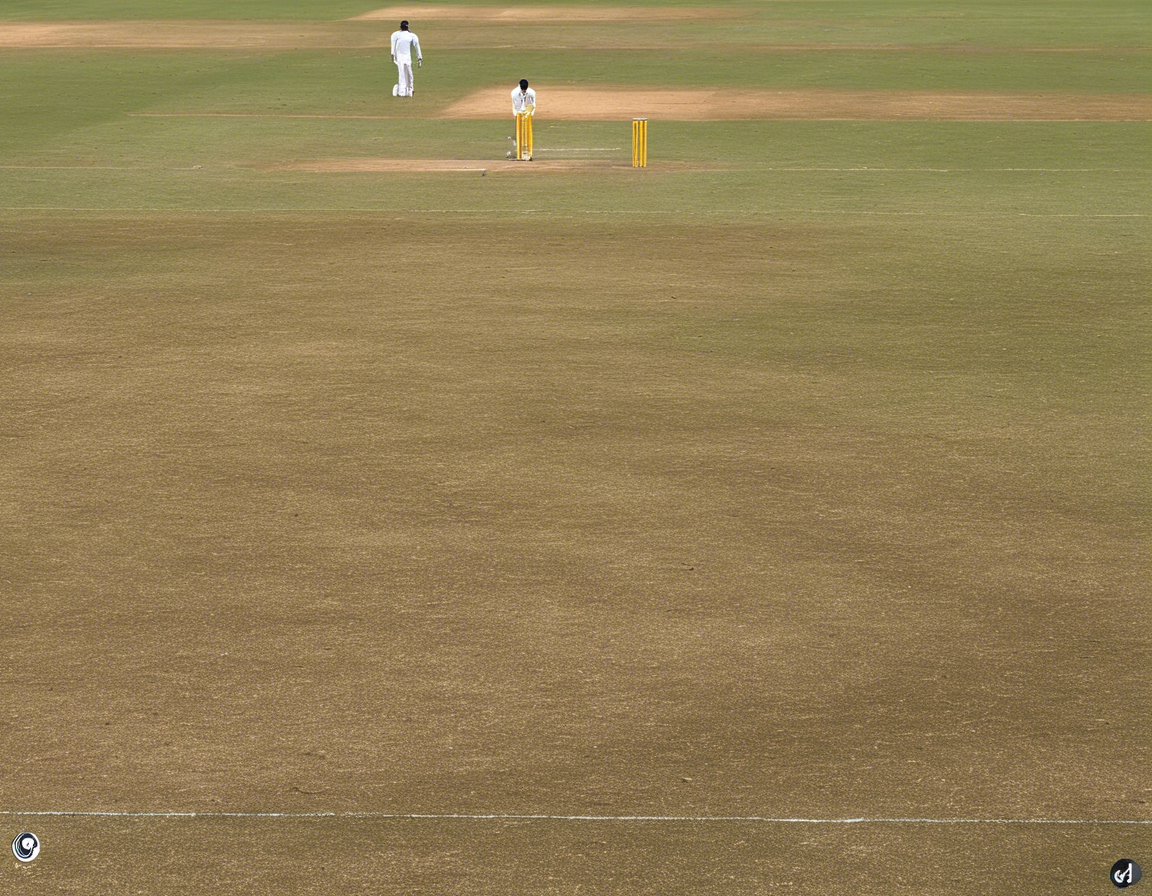Whether you’re a cricket enthusiast, a casual fan, or a sports bettor, understanding the pitch conditions is crucial for predicting outcomes and enjoying the game to the fullest. The pitch is where the action happens, playing a significant role in determining the outcome of a match. In this comprehensive guide, we will delve into the depths of pitch analysis, exploring various types of pitches, how they behave, and the factors that influence their behavior.
Understanding the Pitch:
Pitch in cricket refers to the strip of compacted soil where the bowler delivers the ball to the batsman. It is crucial as it can significantly impact the game by favoring either batsmen or bowlers. The condition of the pitch can vary based on factors like weather, soil composition, grass cover, and maintenance.
Types of Pitches:
- Green Top:
- Description: A pitch with a lush green cover of grass.
- Behavior: Offers pace, bounce, and movement for fast bowlers initially. It can assist swing bowlers as well.
-
Preferred by: Fast bowlers.
-
Flat :
- Description: A pitch with even grass cover and limited cracks.
- Behavior: Offers good bounce and carry, benefiting both batsmen and bowlers.
-
Preferred by: Balanced conditions for both batting and bowling.
-
**Dusty/ ** :
- Description: A pitch with dry and loose topsoil, often found in subcontinent regions.
- Behavior: Spinners come into play due to the crumbling surface, providing turn and uneven bounce.
-
Preferred by: Spin bowlers.
-
**Hard ** :
- Description: A pitch with a dense and hard surface.
- Behavior: Provides pace and bounce, making it favorable for fast bowlers.
- Preferred by: Fast bowlers.
Factors Influencing Pitch Behavior:
- Weather Conditions:
- Rain: Wet conditions can assist swing bowlers due to moisture.
-
Sunshine: Dry conditions can cause the pitch to crack, aiding spinners.
-
Soil Composition:
- Clay Soil: Slower pitches with variable bounce.
-
Sandy Soil: Fast and bouncy pitches.
-
Grass Cover:
- Thick Grass: Assists seamers early on.
-
Sparse Grass: Offers batting-friendly conditions.
-
Pitch Preparation:
- Rolling: Compact pitches provide consistent bounce.
- Watering: Regulates the pitch moisture level.
Reading the Pitch:
- Inspecting Grass Cover:
- Lush green grass indicates assistance for fast bowlers.
-
Limited grass suggests favoring batsmen.
-
Checking Hardness:
- A hard pitch favors fast bowlers.
-
Softer pitches assist spinners.
-
Observing Cracks:
- Wide cracks indicate variable bounce, aiding spinners.
- No cracks suggest even bounce, benefiting batsmen.
Frequently Asked Questions (FAQs):
- Q: Can the pitch conditions change during a match?
-
A: Yes, pitch conditions can evolve due to wear and tear, affecting the game dynamics.
-
Q: How do groundsmen prepare a pitch?
-
A: Groundsmen roll and water the pitch to achieve the desired hardness and moisture levels.
-
Q: Why do teams analyze the pitch before a match?
-
A: Teams assess the pitch to devise strategies based on its behavior and tailor their team composition accordingly.
-
Q: What role does the toss play in pitch analysis?
-
A: Winning the toss allows the captain to choose whether to bat or bowl first based on the expected pitch behavior.
-
Q: How do spin-friendly pitches differ from pace-friendly ones?
- A: Spin-friendly pitches offer turn and variable bounce, while pace-friendly ones provide extra pace and carry for fast bowlers.
Understanding the nuances of pitch conditions can give you a competitive edge in predicting match outcomes and appreciating the intricacies of the game. Next time you watch a cricket match, pay close attention to the pitch and see how it influences players’ performances.
